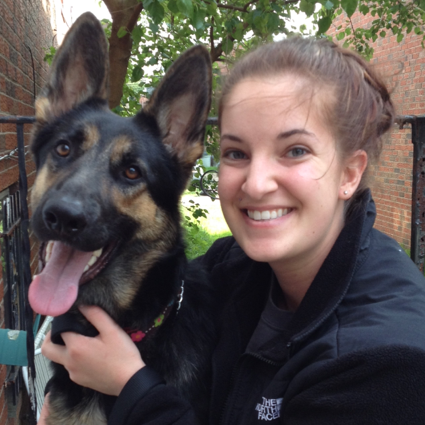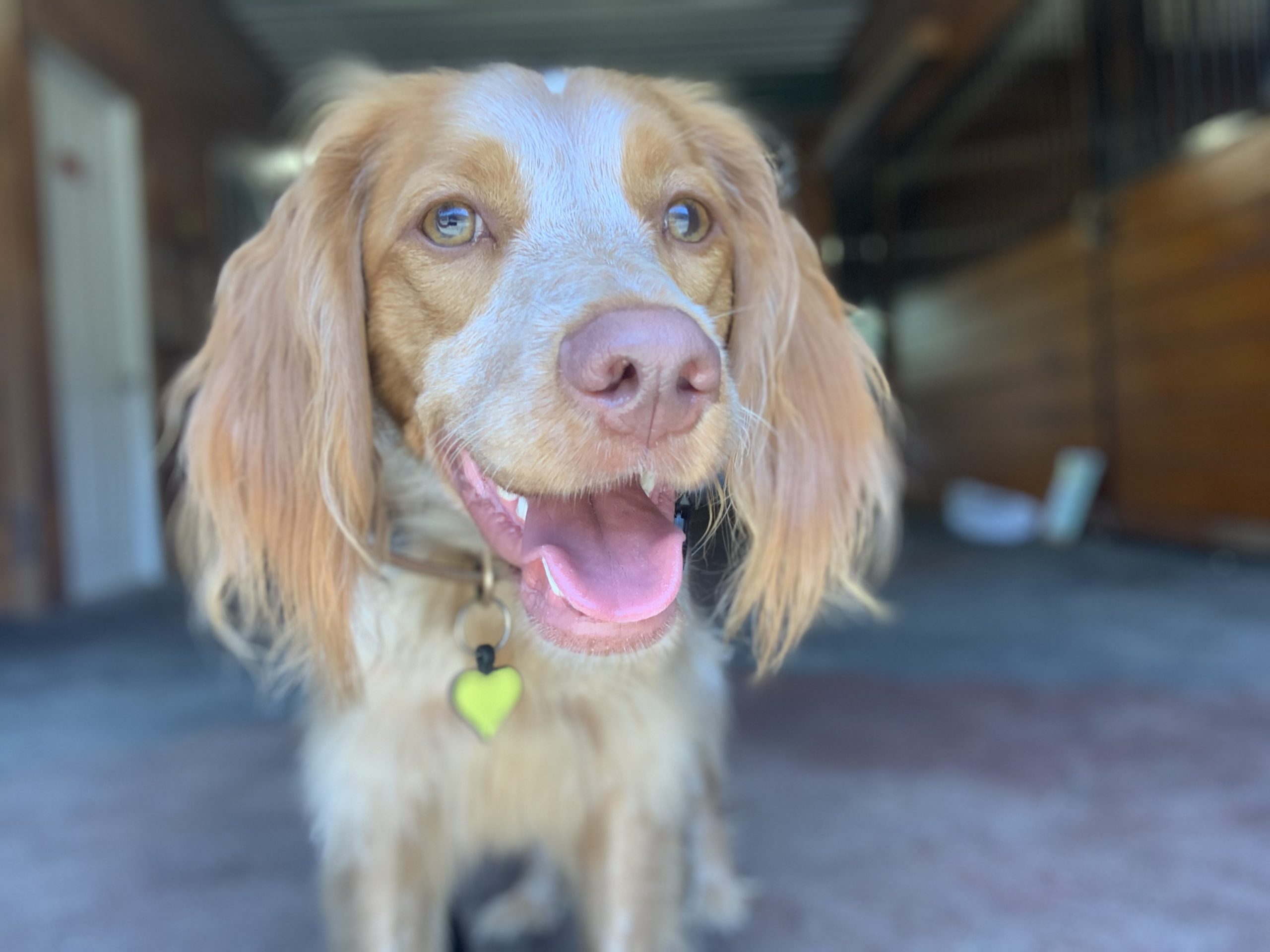by Lindsay Root, CPDT-KA
Sometimes animal shelters can be an overwhelming environment. Excessive dog barking, the sometimes less than stellar smell and the excitement of adopting a furry new best friend can make it particularly stressful. Properly preparing for your trip to your local shelter can make all the difference. Let’s take a look at some of the best ways to choose the right shelter dog for you and your home!
Here are just a few for you to consider before your next outing:
1. Do your digital research.
Take a look at the website before your visit. You can find pictures and descriptions of the shelter’s current residents. The website will also state the necessary items you need to bring with you in order to adopt one of their dogs. This way you can be prepared both in terms of your paperwork and who you’ll be looking for.
2. Talk to the shelter staff.
Whether it be adoption counselors, front desk, animal care attendents or volunteers, they all know a lot about the animals in their care and want to help find the perfect match between you and their dogs. They will know best if particular dog would be suitable for your lifestyle, activity level and family situation. It is important that you both find the right fit!
3. Make it a family affair!
Bring everyone in the household – children, parents-in-law, roommates, and other dogs! It is important that you bring in your dogs from home to meet their new prospect friend. Ultimately, they will be the deciding factor as you want to be sure all animals are comfortable together under one roof.
4. Take your time!
Adopting a new best friend is huge decision that should not be taken lightly – many considerations should be made. You are deciding to bring another life into your household and the people and pets that share that environment. Take your time and make sure that it is absolutely the right fit – you will both be much happier in the end!
5. Dogs get stressed too.
Remember as overwhelming as it is for you, just imagine how it is for a dog! They are very stressed and anxious and their behavior is not usually the same in the shelter as it will be outside of it. Your potential new dog could be getting over a sickness or recovering from a surgery and may not be feeling their best. The dog you’re meeting could also be brand new and still adjusting, or possibly a long term resident modifying their behavior to adjust to the shelter environment. Don’t hesitate to ask shelter staff if you notice anything out of the ordinary or if it may be possible to visit with potential adoptable dogs outside on a walk or in a yard.
6. Ask questions!
- Why is the dog here? Many dogs are surrendered because of people related issues, moving, divorce, or allergies, but if the dog was surrendered for behavior issues, it is good to know up front. This way you can decide if you are ready to handle it and to set the dog up for success in the home.
- Are there any medical issues and would you be able to afford the veterinary bills?
- What is the dog’s personality and activity level? Would you realistically be able to provide the physical and mental stimualtion the dog needs?
- What about their evaluations or temperament tests? Some shelters use them to gauge personality and see if specific behavior exists, such as resource guarding. An important thing to remember is whatever the results may be, these results are not always a lifetime guarantee… and that training is always an option you can explore!
7. Spend as much time with the dog as possible.
How does the dog react to other people and to other dogs or you when you approach? Is it stressed with the staff? How does the dog act when they are in a yard or a room with you? Will the dog take treats from you? Can you get the dog to interact with you? How is the dog on the leash? Are you comfortable with the dog and is the dog comfortable with you? Remember, you can always do private or group class training to help with a multitude of behavioral issues but you need to physically be able to walk dog and be able to comfortably leave with them and live with them! By taking as much time as possible, you can get a true assessment for yourself and ask questions of the staff if something seems amiss.
Following these steps, you can feel more comfortable on your next shelter visit. The can help prepare you for your new relationship with a new best friend! Remember, our trainers will always be there to help acclimate your new family member and to answer any questions you may have.


